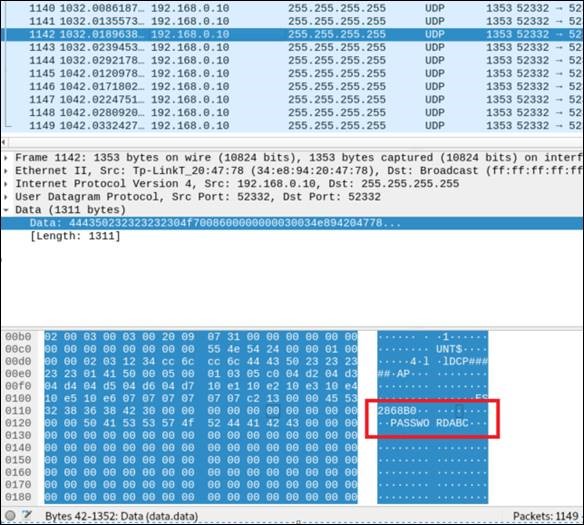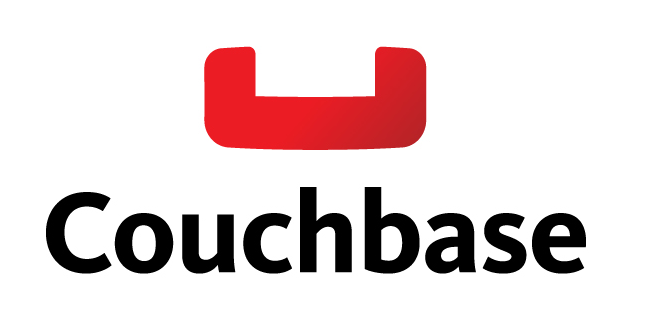Woher kommen eigentlich Zero-Days?
Nachtrag (2025-05-16): Nach Hinweisen einiger Lesender haben wir die Definition von Zero-Days am Anfang des Artikels angepasst. Vorher benannten wir Zero-Days als „Lücken, die am heutigen Tage bekannt werden“. Dies sorgte daraufhin intern für eine (akademische) Diskussion zu dem Thema, die allerdings am Ziel des Beitrages vorbei ging. Insbesondere war dies verwirrend im Kontext des referenzierten Beitrages der GTIG, deren Definition wir in der aktuellen Version übernommen haben. Vielen Dank für die Hinweise!
Sicherheitslücken ohne verfügbaren Patch oder Mitigation, die bereits ausgenutzt werden, nennt man Zero-Days. Besonders interessant sind diese Lücken offensichtlich für Angreifende, wenngleich auch Admins Diese im Blick behalten sollten. Aber wer findet eigentlich Zero-Days?
Ein prominenter Player in dem Bereich ist die Google Threat Intelligence Group (GTIG). Im Jahresbericht zu 2024 zieht sie Bilanz zu Zero-Day-Aktivität und -Attribution und was man daraus lernen kann. Neben einigen durchaus spannenden Zahlen zum Thema „ausgenutzte Systeme“ war für uns vor allem der Absatz zu Attribution relevant. Solche Zahlen sind zwar grundsätzlich mit Vorsicht zu genießen, da eine direkte Zuordnung oft sehr schwierig ist. Die GTIG hat „nur“ 34 der 75 erkannten Zero-Days attributiert. Wenn man die Methodik akzeptiert, dann ordnet sie 15 Ausnutzungen staatlichen Akteuren zu. Weitere acht wurden durch kommerzielle Anbieter, wie z. B. Cellebrite, genutzt.
Da auch diese Händler oftmals für staatliche Akteure tätig sind, kann man einen beunruhigenden Trend erkennen: Die Ausnutzung von Zero-Days wird vermehrt durch staatliche Akteure gesteuert und finanziert, also auch direkt durch Steuergeld.
https://www.heise.de/news/Steuergeld-finanziert-Angriffe-mit-Zerodays-10367137.html
https://cloud.google.com/blog/topics/threat-intelligence/2024-zero-day-trends?hl=en







